Have you ever watched your cat bask in the sunlight, nose twitching with curiosity, and wondered if your garden could be their personal paradise? For many cat lovers, the dream of a safe, enchanting outdoor space for their feline friends can feel just out of reach. Yet, the truth is both surprising and inspiring: with the right choices, your backyard or even a sunny balcony can become a haven for your whiskered companion. Imagine a world where your garden not only bursts with life but also keeps your cat safe, entertained, and even healthier. Let’s uncover the secrets of building a cat-friendly garden, where every leaf and bloom is chosen with love and care.
Why a Cat-Friendly Garden Matters
If you’ve ever caught your cat nibbling on a houseplant or lounging in your flower beds, you know that felines are naturally drawn to greenery. But not all plants are safe for curious paws and whiskers. Creating a cat-friendly garden isn’t just about beauty — it’s about designing a space that’s stimulating, enriching, and non-toxic for your furry companion. Whether you have an indoor windowsill garden or a full backyard retreat, choosing the right plants can turn any green space into a feline haven.
Creating a cat-friendly garden isn’t just about aesthetics; it’s about protecting your furry family members. Many common garden plants are toxic to cats, causing symptoms from mild tummy aches to life-threatening reactions. Cats are natural explorers, and their curiosity can get them into trouble if the wrong plants are within paw’s reach. A safe garden allows your cat to roam, explore, and nibble without constant worry. More than just safety, a well-designed garden offers enrichment—stimulating your cat’s senses and encouraging healthy play. It can also help reduce stress, curb destructive behavior, and promote exercise. For indoor cats especially, a safe outdoor space can be a total game-changer, offering fresh air and a taste of adventure while minimizing risks.
Catnip: The Ultimate Feline Favorite
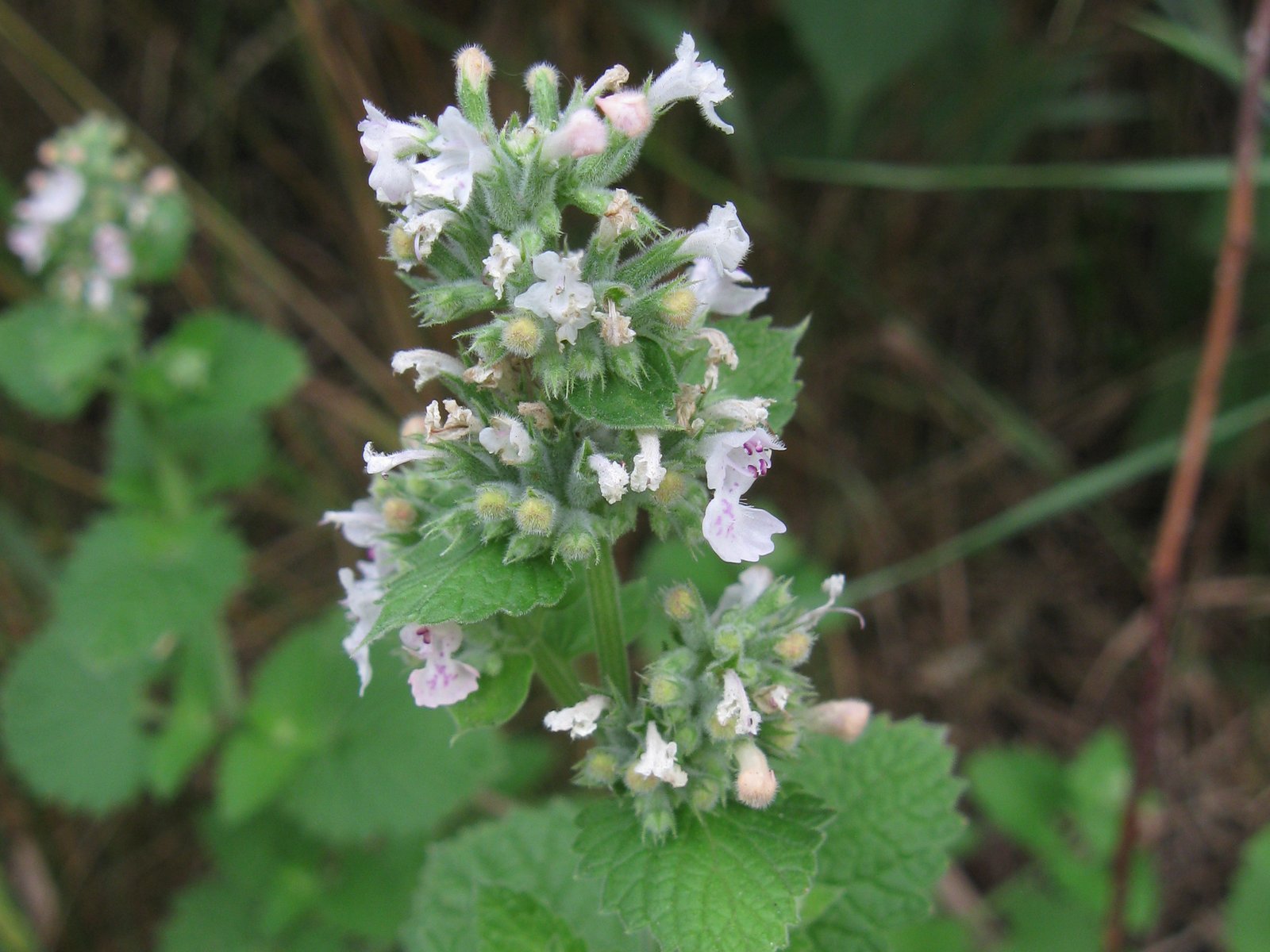
No cat garden is truly complete without the legendary catnip. This fragrant herb is famous for the euphoric joy it brings to many felines. Just a brush against its leaves can send your cat into a playful frenzy—rolling, purring, and chasing invisible mice. Catnip is easy to grow, thriving in pots or garden beds with minimal fuss. It prefers sunny spots and well-drained soil, making it a flexible addition to most gardens. Plus, catnip’s delicate purple flowers attract beneficial pollinators like bees and butterflies. For cats that aren’t sensitive to catnip, try varieties like silver vine or valerian root, which can trigger similar reactions. Watching your cat frolic in a patch of catnip is a sight that never gets old—it’s pure, unfiltered happiness.
Cat Grass: A Healthy Snack
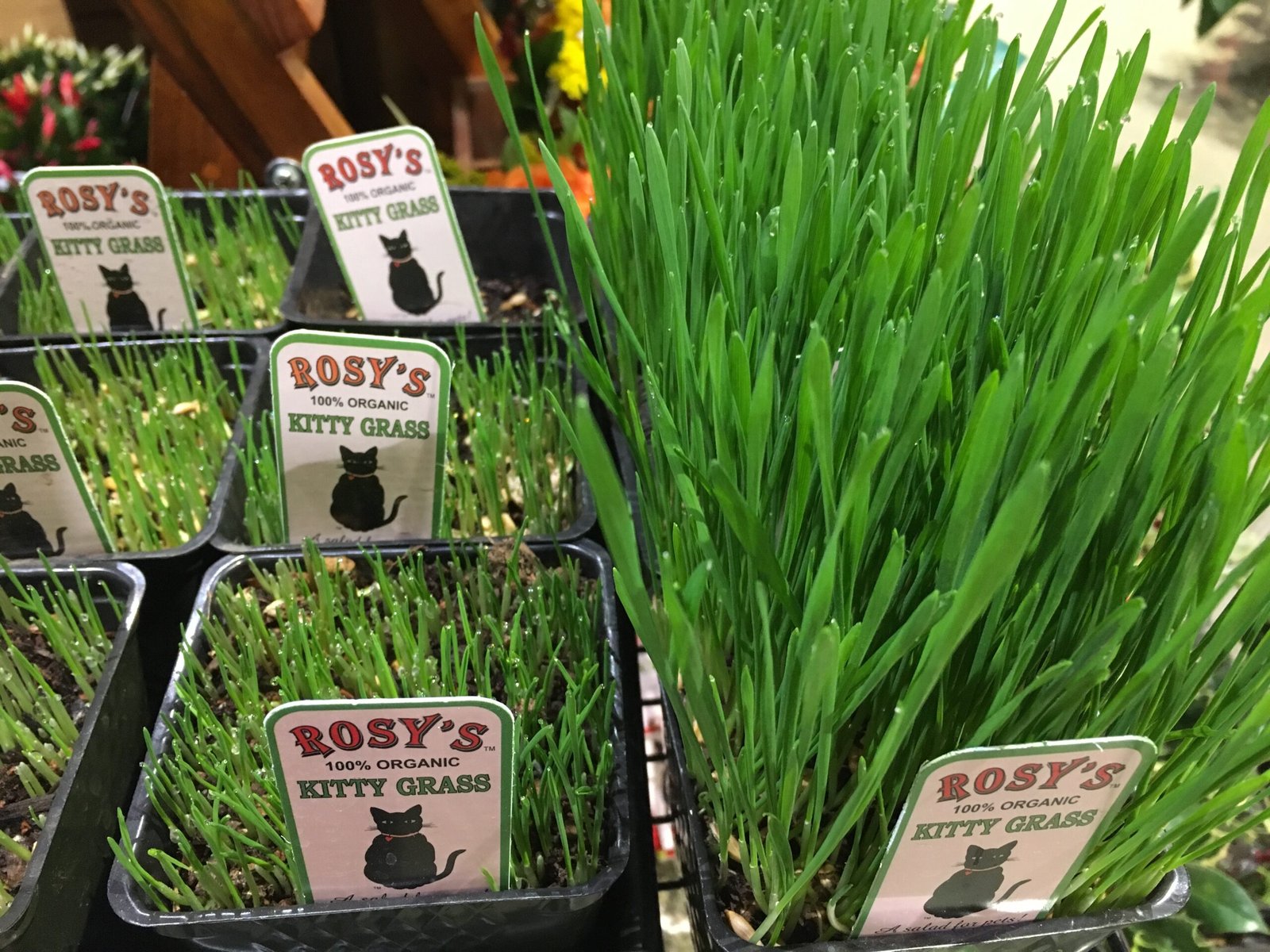
If you’ve ever caught your cat munching on your houseplants, cat grass could be the solution you both need. Cat grass, usually a blend of oat, wheat, or barley grasses, is safe and healthy for felines. It helps with digestion, aids in hairball elimination, and satisfies their craving for greens. Unlike many decorative grasses, cat grass is non-toxic and specifically grown for pet consumption. You can easily plant it in containers, window boxes, or right in the ground. It sprouts quickly and doesn’t require much maintenance. Having a fresh patch of cat grass gives your cat something safe to nibble on and can deter them from chewing on your more delicate (and possibly dangerous) plants.
Lemongrass: Fragrant and Fun
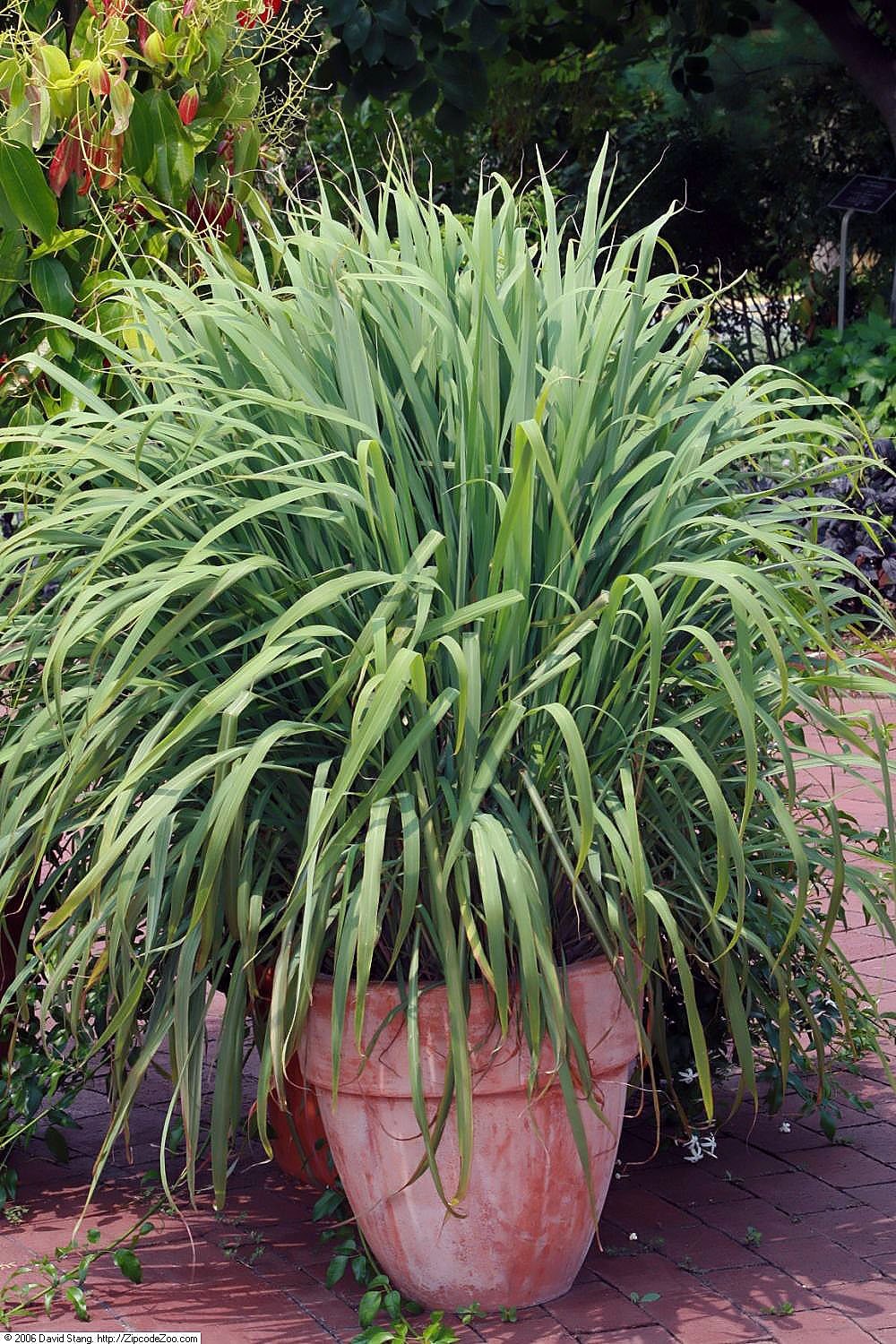
Lemongrass is another delightful choice for a cat-friendly garden. With its citrusy scent and tall, swaying blades, lemongrass offers both sensory stimulation and a safe place to hide or play. While not all cats are drawn to lemongrass, many enjoy rubbing against it or lounging nearby. It’s completely safe for felines, and some even enjoy a nibble now and then. Lemongrass thrives in warm, sunny spots and can be grown in large pots or directly in the soil. As a bonus, its scent naturally repels some insects, helping keep your garden pest-free. Just be sure not to confuse lemongrass with citronella grass, which is not safe for cats.
Valerian: An Energetic Alternative
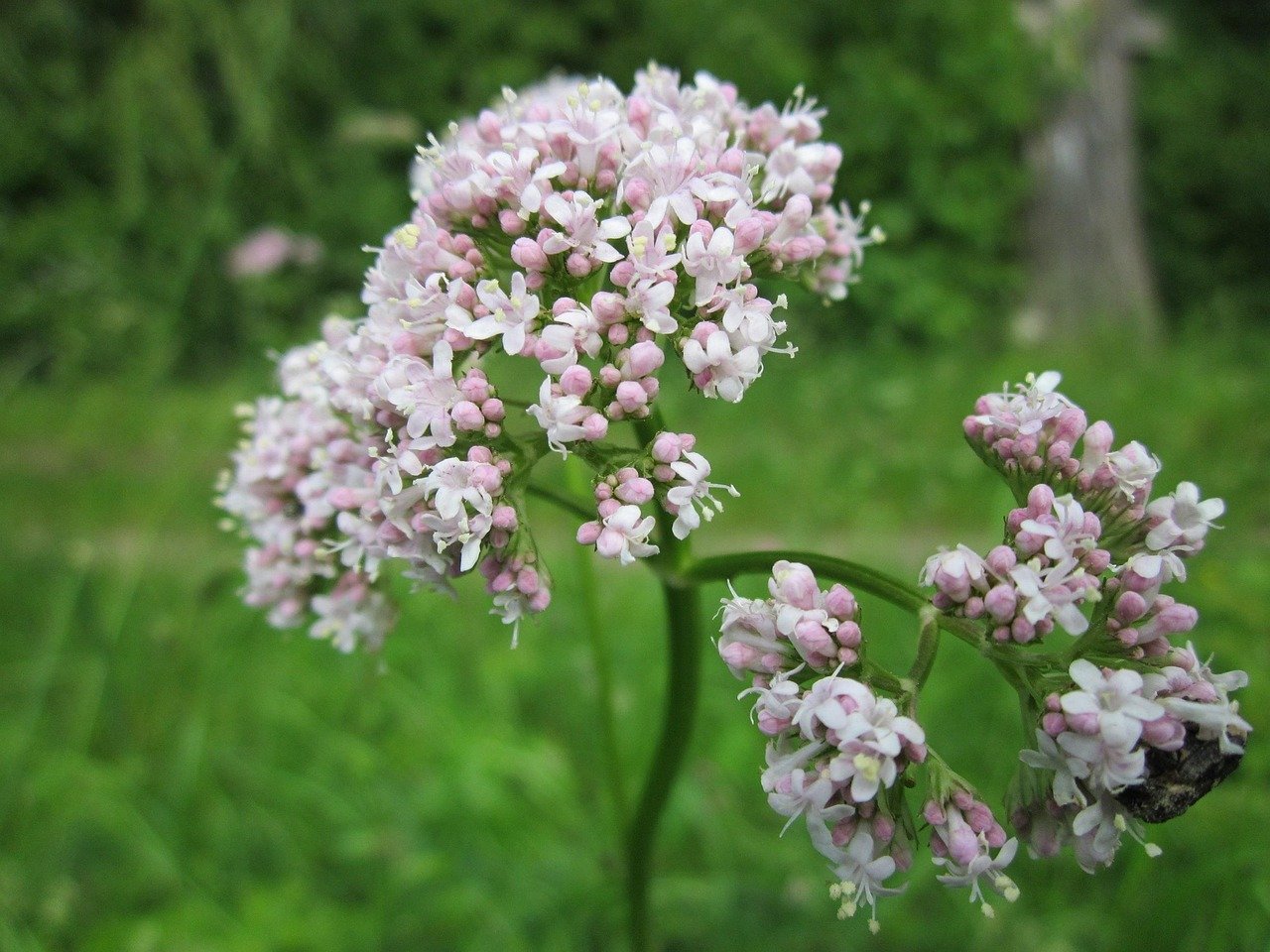
Valerian might surprise you as a cat garden staple, but this herb is a fantastic alternative to catnip. Its roots contain compounds that can excite and energize cats, often leading to energetic play or contented relaxation. Valerian grows best in partial shade and moist, well-drained soil. It produces clusters of tiny, sweet-smelling flowers that also appeal to pollinators. Some cats are more responsive to valerian than catnip, so it’s worth trying if your feline friend seems indifferent to the usual favorites. Watching your cat respond to valerian can be downright hilarious—expect zoomies and silly antics galore.
Spider Plant: Playful and Safe
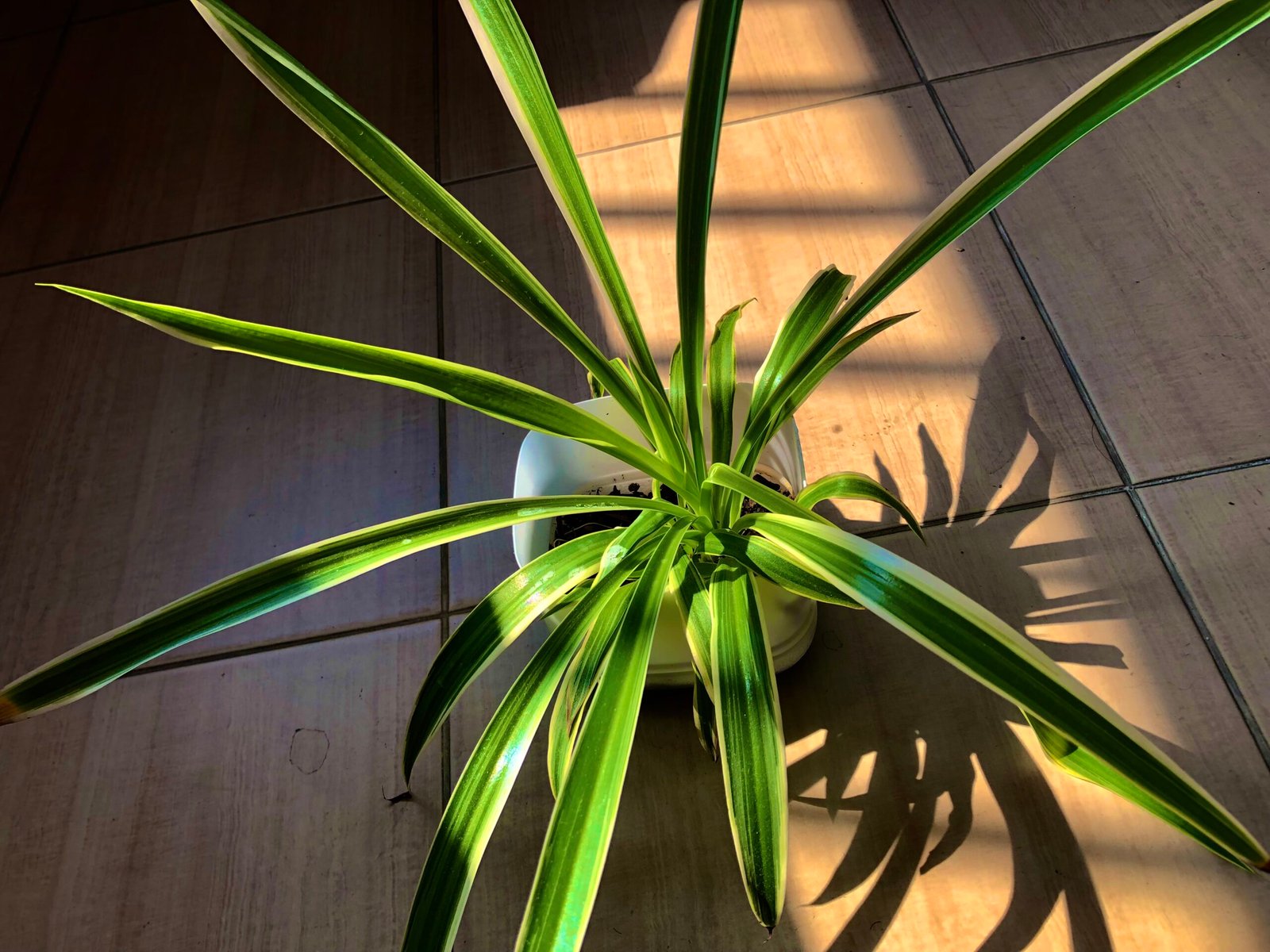
The humble spider plant is a fantastic addition to any cat-friendly garden, especially if you’re also growing plants indoors. Its arching leaves and baby plantlets are irresistible to curious paws. Spider plants are non-toxic, and while some cats enjoy chewing on the leaves, they won’t cause harm. These plants thrive in both sun and shade, making them versatile for different garden spots or indoor locations. They’re also famously easy to care for, bouncing back from a little neglect. For indoor cats, placing spider plants on shelves or in hanging baskets creates a living playground that’s as fun as it is safe.
Mint: A Cooling Treat
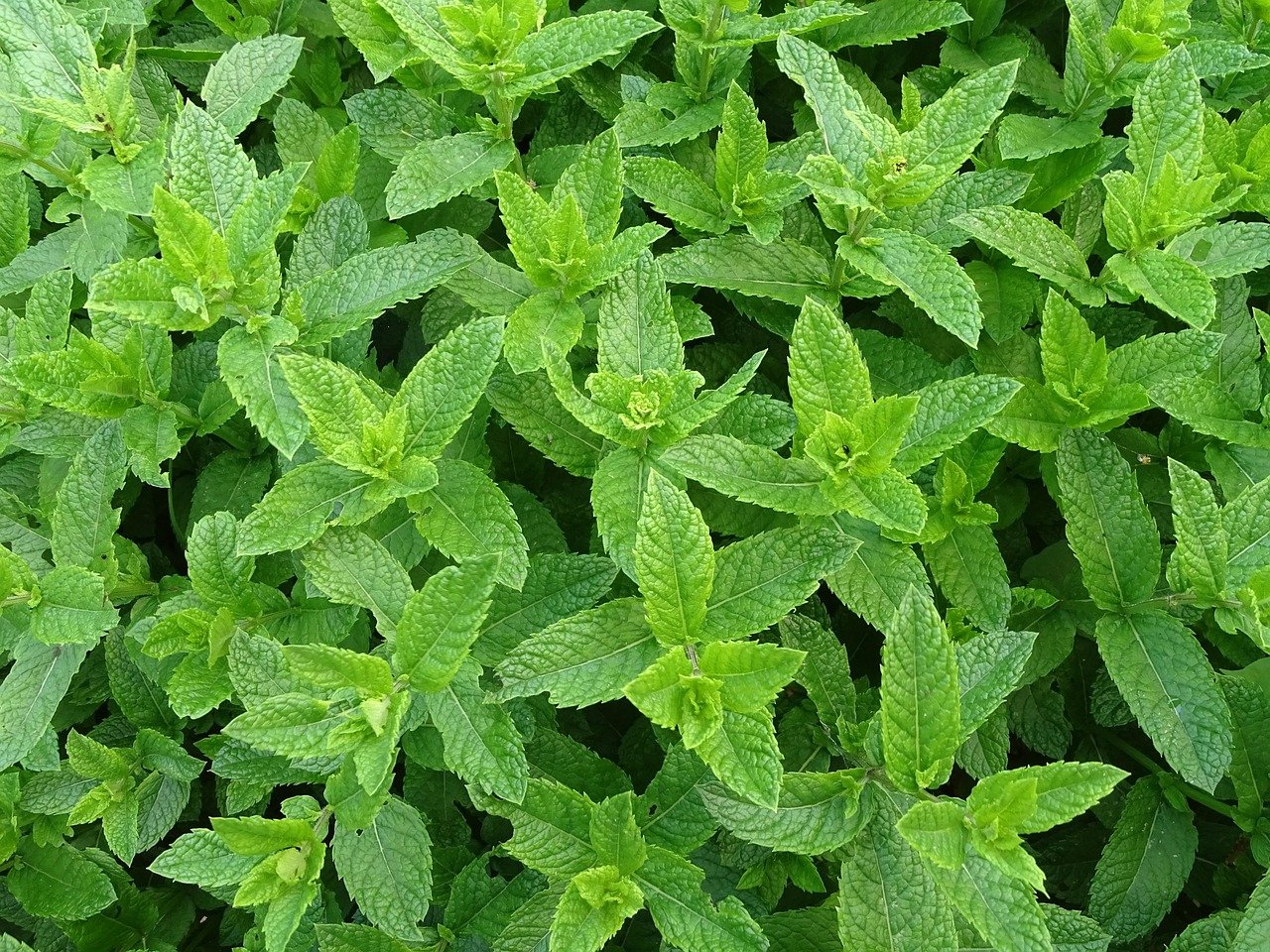
Mint isn’t just for mojitos—many cats enjoy the scent and taste of this aromatic herb. While not all mints are created equal, common varieties like spearmint and peppermint are generally safe in small amounts for cats. Mint can provide sensory enrichment, and the vigorous way it grows makes it perfect for a playful patch. Be aware that some cats might overindulge, so monitor their interest and keep mint contained in pots to prevent it from taking over your garden. The fresh, cooling scent of mint will liven up your garden and might even help mask the smell of the litter box if you have an outdoor setup.
Calendula: Colorful and Gentle
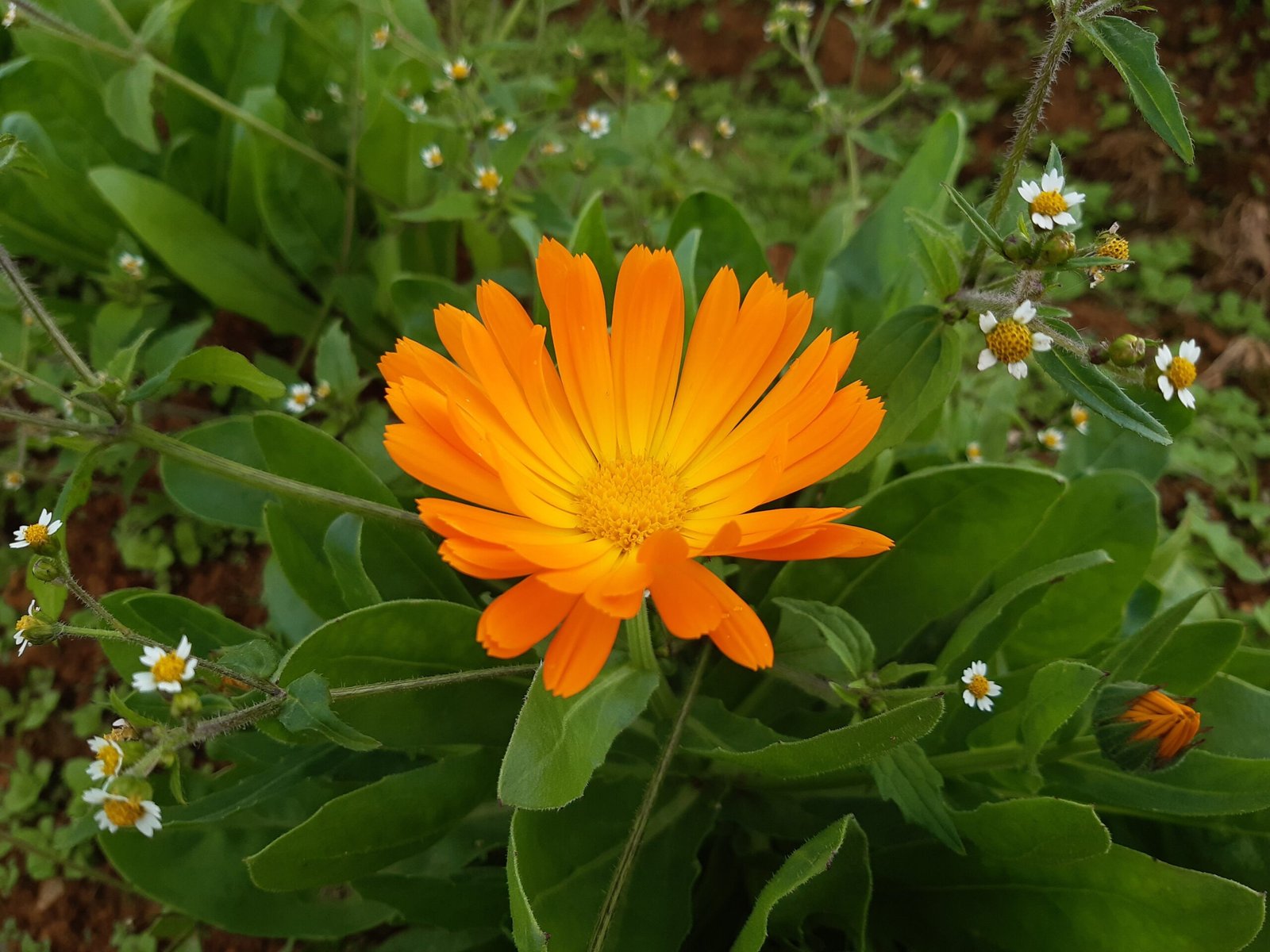
Calendula, with its bright orange and yellow blooms, brings a pop of sunshine to any cat garden. These cheerful flowers are safe for felines and even have soothing properties if your cat brushes against them. Calendula is easy to grow from seed and thrives in sunny spots with well-drained soil. The blossoms attract pollinators, adding even more life to your garden. Cats may enjoy lounging under the shade of calendula plants or simply watching bees and butterflies flutter by. If you’re into herbal remedies, calendula petals can be harvested for homemade salves, safe for both you and your pet.
Bamboo: Shelter and Shade
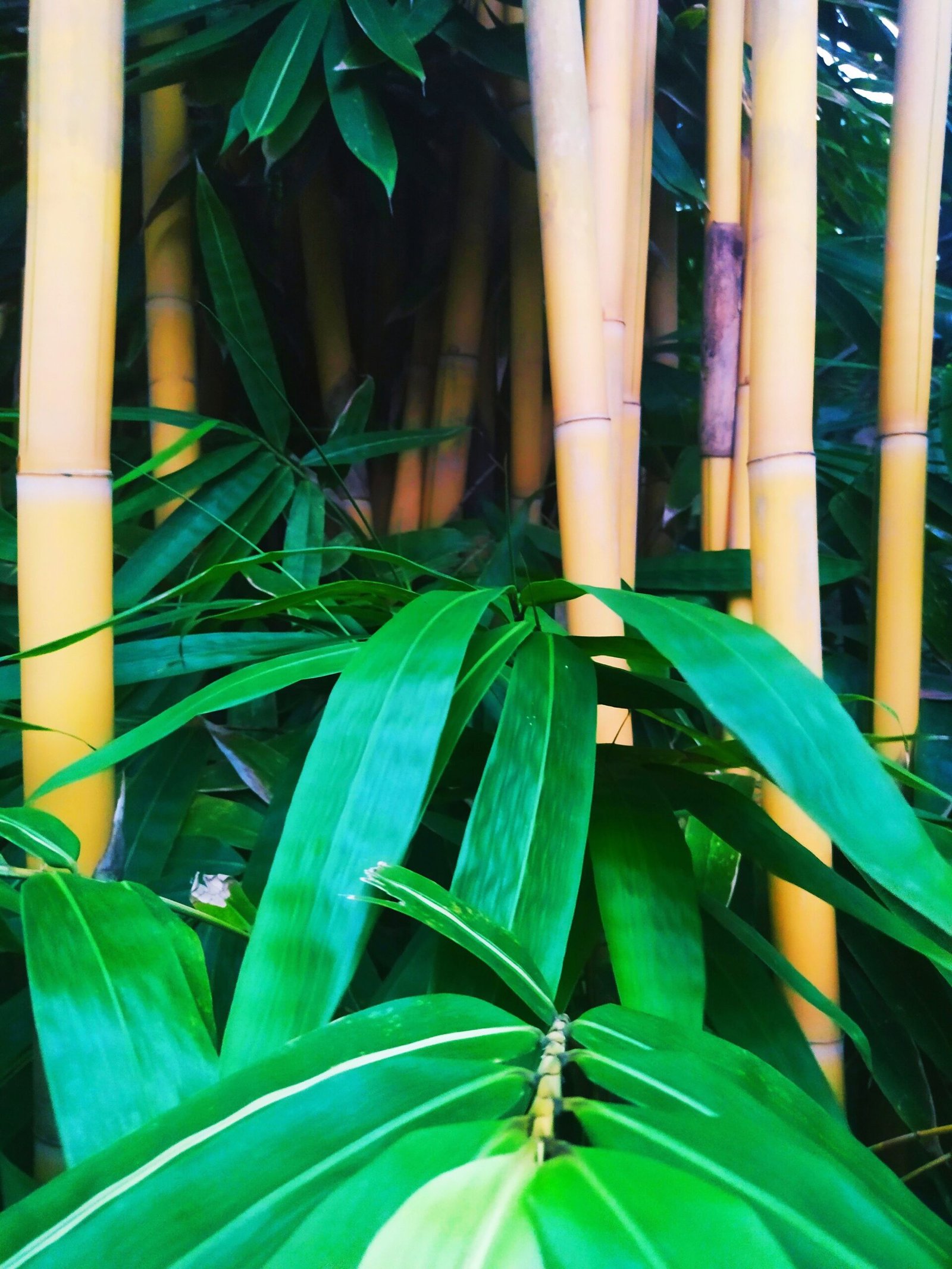
Bamboo is a striking, cat-friendly plant that offers both shelter and adventure. Non-toxic to felines, bamboo’s tall canes and leafy clusters create a natural hideaway—perfect for cats who love to stalk, nap, or play hide-and-seek. Choose clumping bamboo varieties to keep your garden under control, as running types can quickly take over. Bamboo thrives in a range of soils and light conditions, making it suitable for most gardens. The gentle swaying in the breeze and rustling leaves create a calming atmosphere that both you and your cat will appreciate.
Tips for Designing a Safe Cat Garden
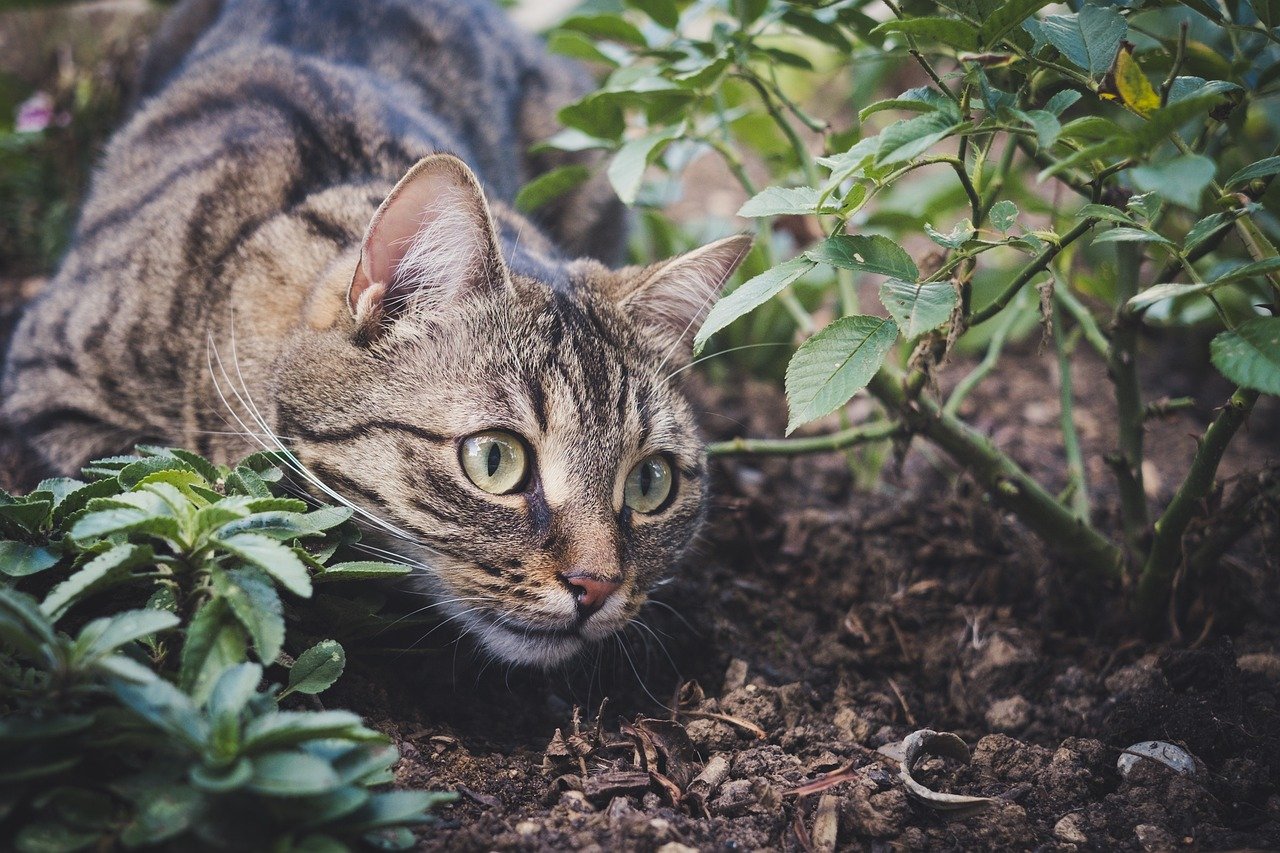
Beyond choosing the right plants, it’s essential to think about the overall garden layout. Create safe zones where your cat can hide, climb, and observe the world. Use large pots or raised beds to separate delicate plants from playful paws. Avoid using pesticides or chemical fertilizers—these can be dangerous if your cat decides to have a taste or a roll in the dirt. Install secure fencing or cat enclosures to keep your feline from wandering too far, especially if you live near busy roads. Add shady spots, fresh water sources, and soft patches of grass or mulch for lounging. The small details—like a log for scratching or a sunny perch—can make all the difference in transforming your garden into a true feline paradise.

Andrew Alpin from India is the Brand Manager of Doggo digest. Andrew is an experienced content specialist and social media manager with a passion for writing. His forte includes health and wellness, Travel, Animals, and Nature. A nature nomad, Andrew is obsessed with mountains and loves high-altitude trekking. He has been on several Himalayan treks in India including the Everest Base Camp in Nepal.






